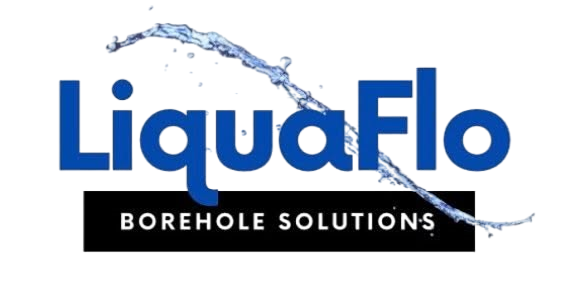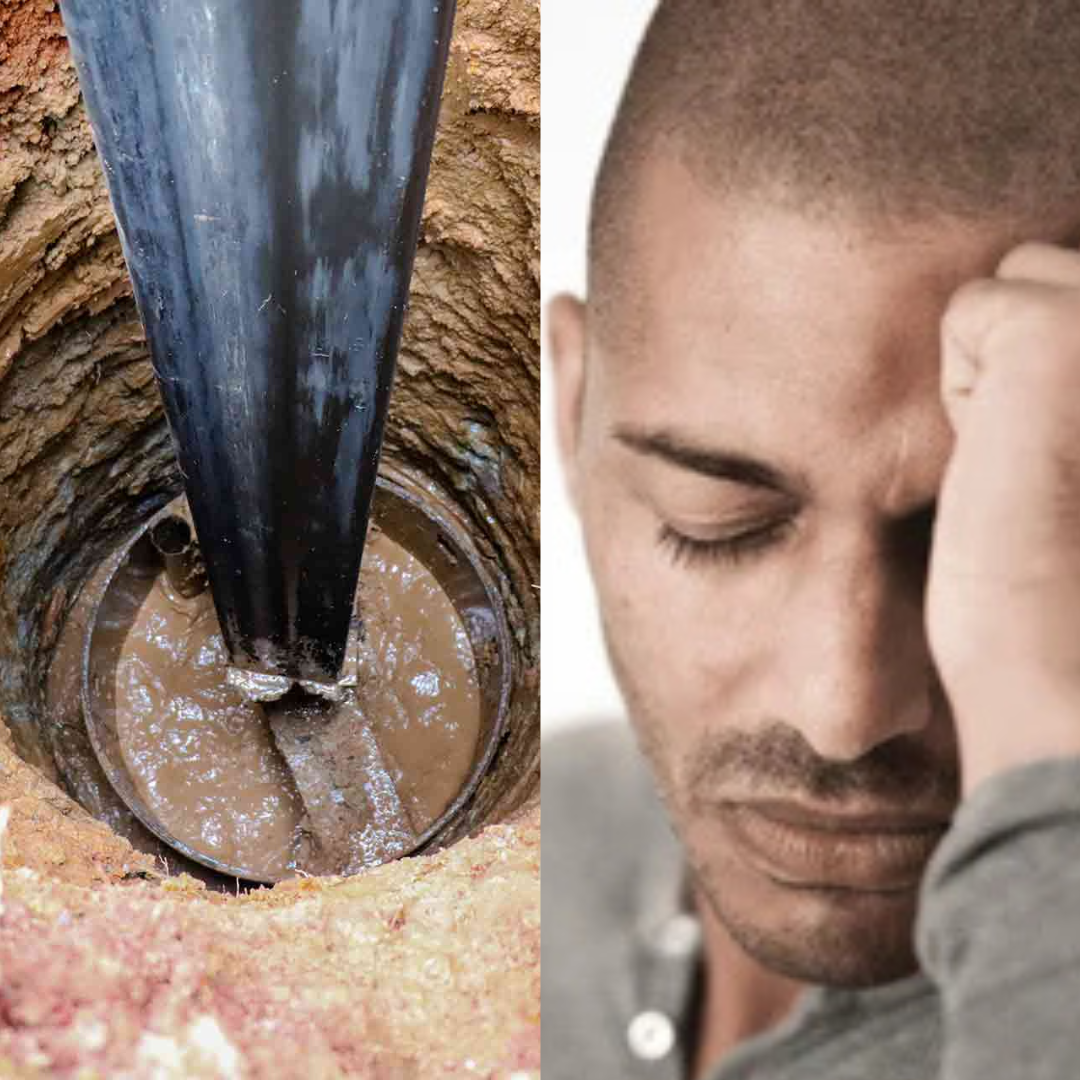hinking of drilling a borehole? Congratulations — you're one step closer to ditching unreliable municipal supply and taking control of your water game. Whether you're looking to hydrate your home, feed the farm, or keep that lush garden alive during Joburg’s dry season, drilling a borehole is how you secure your own endless water tap.
But let’s be honest — the idea of borehole drilling can feel overwhelming. Like, where do you even begin? Don’t worry. We’ve got you. Here’s everything you need to know about how to drill a borehole — and how LiquaFlo makes the process (almost) painless.
What Is a Borehole, Anyway?
A borehole is a narrow shaft drilled deep into the ground to access underground water (aka groundwater). Think of it as a personal straw that taps into your area’s natural aquifer. Once drilled, a borehole can be fitted with a pump system that brings fresh, usable water to the surface — straight to your taps, tank, or irrigation line.
 tank with pump system installed by LiquaFlo, providing off-grid water solutions in Gauteng">
tank with pump system installed by LiquaFlo, providing off-grid water solutions in Gauteng">
5 Steps to Drilling a Borehole (The Smart Way)
Step 1: Start With a Borehole Assessment
Before you bring out the big (drilling) guns, a professional assessment is essential. LiquaFlo’s team starts with a geo-survey to analyze the water table in your area. This tells us how deep to drill, what type of ground we’re dealing with, and how much water we can expect. Bonus: it helps avoid the heartbreak of dry holes.
Step 2: Hire the Right People (ahem, like us)
You want a team that knows Joburg’s geology, uses SABS-approved standards, and doesn’t cut corners. At LiquaFlo, we subcontract borehole drilling to certified pros who follow SANS 10299-:2003 standards. Translation? The job gets done properly, safely, and legally.

Step 3: Drill, Baby, Drill
Once the survey gives us the green light, the drilling rig rolls in. Using heavy-duty borehole drilling machines, we drill straight into the earth to the necessary depth — which varies depending on your specific location and water table. Expect noise, dust, and a whole lot of mud. It’s a vibe.

Step 4: Install the Pump System
Once the borehole hits water, we move into the installation phase. We’ll fit a suitable borehole pump — submersible or solar-powered, depending on your needs. Then we connect your system to tanks, filtration systems, pressure regulators, and more. You choose how advanced or simple you want it. Want off-grid? Done. Just need backup for municipal outages? Also done.

Step 5: Flush, Test, Maintain
No one likes murky water. We flush the system to remove drilling residue and test the water quality. If you need purification or filtration, we’ll recommend the right system for your home or business. From there, it’s all about routine maintenance (which we also handle) to keep your borehole flowing for years.

Why Drill a Borehole?
- Water Independence – Municipal cut again? No problem. You’ve got your own supply.
- Long-Term Savings – After the upfront cost, borehole water is free. Bye-bye, massive utility bills.
- Property Value Boost – A functioning borehole adds real value to your home or farm.
- Sustainability – Reduce your reliance on strained public water systems. Good for your pocket, and the planet.
Borehole Drilling Mistakes to Avoid
- Skipping the geo-survey (you could end up with zero water)
- Choosing the cheapest contractor over the most reliable
- Not filtering your borehole water (not all groundwater is drinkable raw)
- Ignoring maintenance (a neglected borehole is a ticking time bomb)
You Drill It, We Build It
At LiquaFlo Borehole Solutions, we don’t just drill and dash. From surveying to setup, purification to pressure pumps, we handle every step so you don’t have to Google “why my borehole smells like rotten eggs” at 2am. You get SABS-approved equipment, expert advice, and long-term support — all tailored to your water needs.


